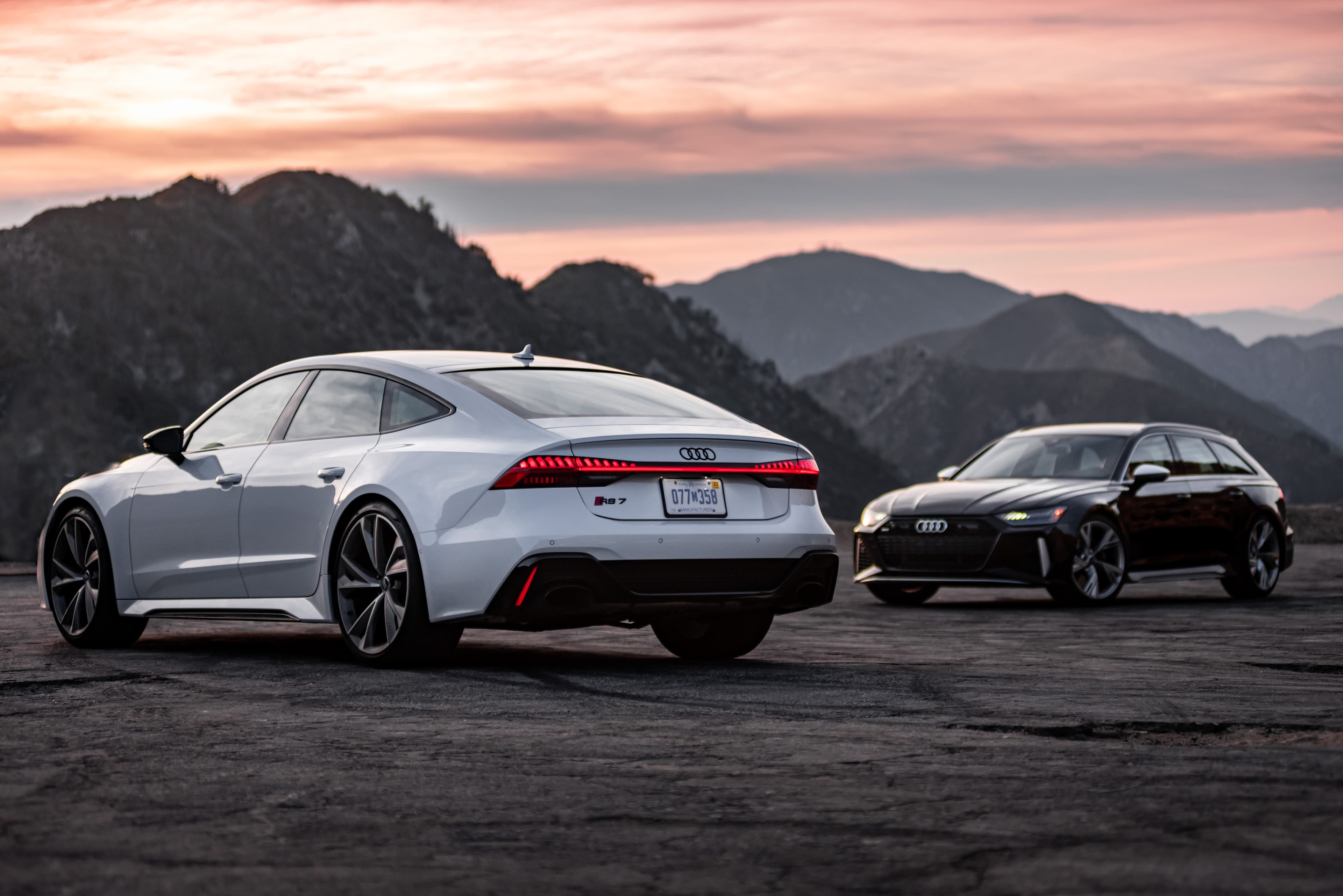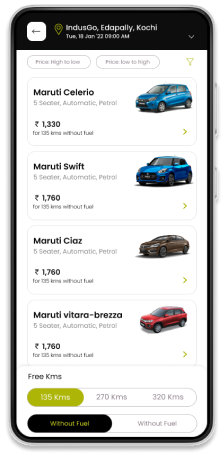How to Drive an Automatic Car for Beginners
Driving an automatic car for the first time? Read though our automatic car driving tips guide to learn how to drive an automatic car for beginners step by step. Read now!
Automatic Car Driving Tips: How to Drive an Automatic Car for the First Time Drivers
5 Useful Tips For Driving an Automatic Car For The First Time Drivers
If you are learning the art of driving, then you may have been learning the driving skills of basic manual cars where there are a clutch, a break, and an accelerator. However, automatic cars don’t have a clutch. This means that if you have practiced on a basic car with 5 or 6 gears, then you will face some issues in adjusting to this new clutchless system. Never driven an automatic before? Few Automatic driving quik tips are to forget about the clutch pedal and get used to the gearstick.In order to help you out here are five helpful tips to drive an automatic car. Please keep one thing in mind the following points are written for the first time learners who are not familiar with the system of an automatic car.
1. Make Yourself Comfortable in The Car
When you become very anxious, that reflects on your driving. You may not bump into people walking on the road; however, you may end up getting dents on the car. Therefore, don’t be nervous while you hold the steering. Even before you hold the steering, you should be comfortable with your seat.Seat upright on the driver’s seat and make your footing comfortable. Relax your hands and properly tighten the seat belt before starting the car. Don’t feel that you are driving a special car. This car has almost the same functionalities as the car where you learned drive. If you feel very nervous, then keep an experienced driver beside you who can guide you before things go out of hand.
2. Be Well-Versed With The Manual Car
As mentioned earlier, there are very few differences between a manual and an automatic car, one being that the latter adjusts to higher gears automatically. Therefore, the basic driving technique, that is adjusting the speed, turning left and right with the car will be similar to that of manual cars. If you don’t have to reverse your car too much, then you may not even need higher gears that frequently. Therefore practice a lot on manual cars, before you shift to automatic cars.Also Read: 7 Helpful Tips For Drivers New to The Roads of Kerala
3. Use Park, Drive, and Neutral Gears
Since you are a first-time driver or a learner who will soon be getting a driving license, you should master on these three gears first. Park is a gear that allows your wheels to remain in position and don’t turn. This way, you will get a better grip on the steering. Therefore, it is advisable to start the car with park gear set in the automatic car and the same when you finish your driving and are about to stop the car. While driving the car, you can slowly shift to Drive gear. This is the gear that is used to drive an automatic car on a clear road. However, on a traffic-congested road try more of the Neutral gear. This gear helps to ease into the traffic transitions. Therefore, your car will get a break from sudden brakes. Such brakes can be harmful to the tires too.
4. Use Reverse Afterward
There is one more gear along with the ones mentioned above. This is the Reverse gear. This gear obviously helps to reverse your car. If you are a first-time driver, then try to use this gear, only after you have mastered the art of using the other gears. If you are still not comfortable with the clutchless property of the automatic car, then it is better that you first master yourself on the gears mentioned in (3). Only after you can use those gears seamlessly, you can use reverse gear like a professional. Therefore, unless really required try not to reverse your car. When you can use the Reverse gear properly and without any issue, you will be able to drive the automatic car like a true professional.
5. Drive Slowly and Look Around For Turns
Since you are a first-time driver, you should drive slower than other automatic car drivers, who may be professional. As this car has lesser gears than a manual car, you will feel a little out of place initially. Hence first you should drive slowly to get yourself comfortable with the gears. The drive gear helps you to get a faster pace. However, this is not recommended for learners. You should have the basic driving skills before you can speed up like a professional. If you want to speed up, then you try clearer roads (may be of the rural areas).The city roads are mostly congested be it day or night. Therefore, it will be foolish of you to start driving at a mighty great speed at the beginning only. Even if the neutral gear helps you to stop the car smoothly, you might not be able to manage the turns with high speed. Your car makes skid and you may end up in an accident. In order to avoid that always be careful of the sharp turns around you and always drive slowly, until you are comfortable with all the four gears of an automatic car.Here are few mistakes to avoid when driving an automatic transmission car -
Don't shift from 'drive' to 'reverse' before your car stops moving
Never put your car in 'park' before it stops completely
Never launch your car from a standstill
Types of Automatic Gearbox
Some of the most commonly used auto and semi-auto gearboxes in a hatchback, sedan, SUVs are -
1. Traditional Automatic Transmission - Commonly known as torque converter automatic, it is the most widely used automatic transmission. With a hydraulic fluid coupling or a torque converter, this transmission changes gears instead of a clutch.
2. Automated-Manual Transmission (AMT) - Also known as Semi-Automatic Transmission, it is not essentially an automatic or a clutchless gearbox. It is rather a manual transmission that changes gear without the need for you to press the clutch. It involves the use of two key parts - a Hydraulic actuator system and an Electronic control unit
3. Continuously Variable Transmission (CVT) - It is one of the most unique clutchless gearboxes. While other transmission units come with a certain number of gears, a CVT unit does not have different gears. It comes with one special gear that can change effortlessly through a continuous range of effective gear ratios.
4. Dual Clutch Transmission (DCT) - as the name suggests 'dual-clutch' has two clutch assemblies and two input shafts. It has synchronizers and a shift fork which is moved by an actuation system and controlled by the transmission or powertrain electronic control module (ECM).
5. Direct Shift Gearbox (DSG) - DSG uses two clutches that disengage alternately in changing gears. A DSG system is a wet transmission. Change the fluid regularly to expect decades of service from this gearbox.
6. Automatic Transmission (AT) - It is a completely automated gearbox that can self-change gear ratios as the vehicle moves. An automatic gearbox uses three main components - fluid/hydraulic coupling, planetary gears train, and hydraulic controls to change the gear which frees the river from having to shift gears manually.
Frequently asked questions
Have questions? We're here to help.

